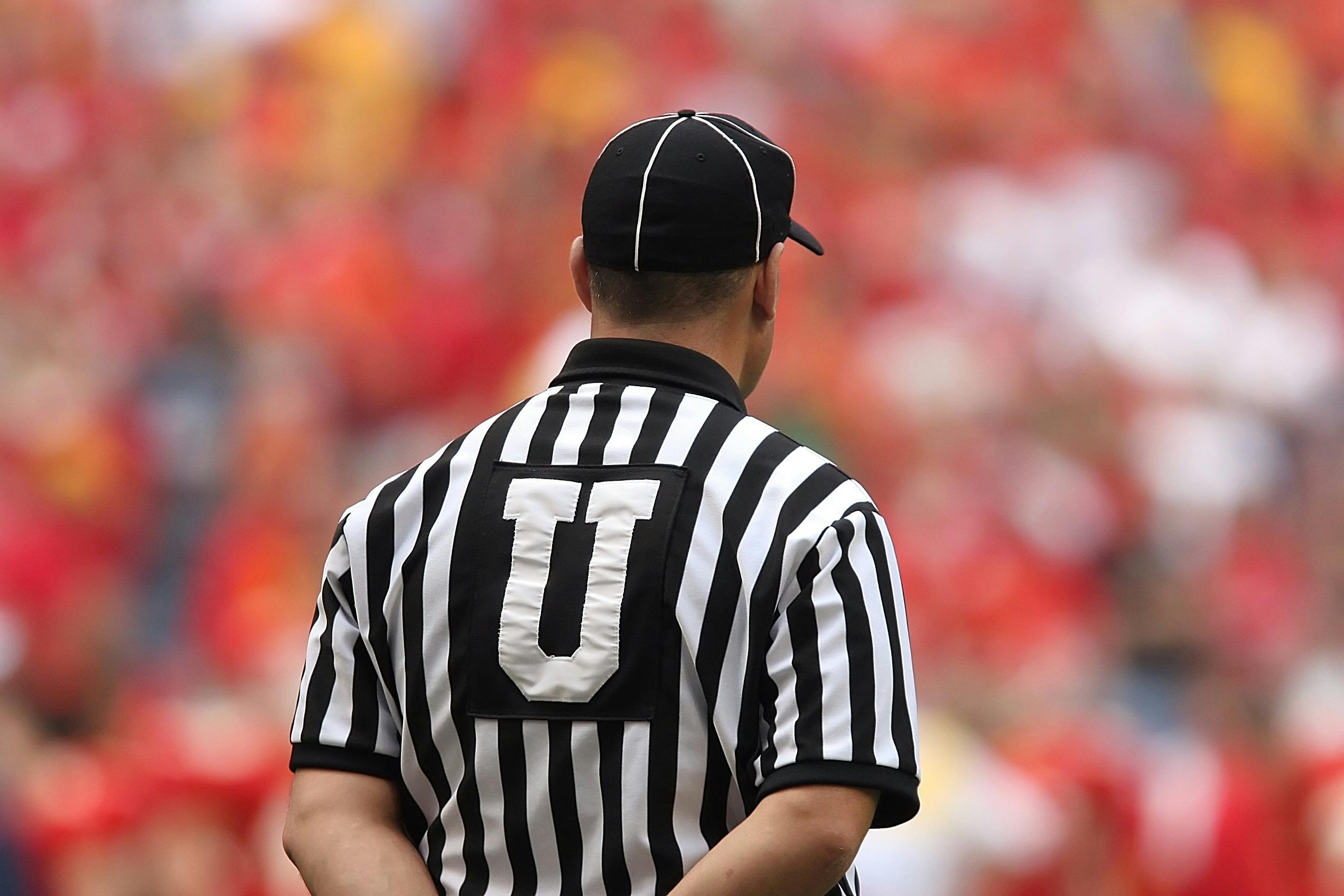


An equity rollover happens when a seller keeps a portion of ownership in the business after the sale instead of taking all cash at closing. In small business acquisitions using an SBA 7(a) loan, this can be a creative way to align interests and close deals—but it requires precise structuring to comply with SBA rules.
This post breaks down what an equity rollover is, how it works in the context of SBA financing, and what both buyers and sellers should consider.
What Is an Equity Rollover

Instead of selling 100 percent of the business and walking away, a seller may retain a minority stake if the transaction is structured as a partial change of ownership. Under SBA 7(a) rules, the buyer must acquire at least 51 percent controlling interest, but the seller can roll over the remaining equity. This structure allows the seller to participate in the business’s future upside and provides the buyer with continuity and a smoother transition.
For SBA purposes, what matters is that the buyer maintains control and that equity injection requirements are met. When properly structured, rollover equity can benefit both sides: the seller stays invested, and the buyer demonstrates alignment and shared confidence in the business’s long-term success.
Equity rollovers are common in private equity deals and increasingly used in small business acquisitions.
SBA Rules on Equity Rollovers

SBA Standard Operating Procedure (SOP 50 10 8) allows equity rollovers in certain circumstances. The key rules include:
- The buyer must acquire at least 51 percent ownership of the business.
- The buyer must retain full control of day-to-day operations.
- The seller cannot have control rights that override or restrict the buyer’s authority.
- If the seller (or any owner) retains 20 percent or more ownership, they must provide a full, unconditional personal guaranty for the life of the SBA loan.
- If the seller retains less than 20 percent, SBA requires a limited personal guaranty for the later of two years after final disbursement or until the loan has been current for 12 consecutive months (no collateral pledge is required for this limited guaranty).
The SBA's main concern is that the buyer is a legitimate new owner and not just a figurehead. For a rollover to qualify under SBA terms, the seller's retained equity must be passive.
Structuring the Deal

A common structure might include:
- Buyer acquires 80 percent of the company using SBA 7(a) funds and personal equity
- Seller retains 20 percent in a newly formed entity
- The buyer has full operational control
- The seller does not interfere in decision making
- The SBA loan is secured solely by the buyer
Legal and tax counsel must help document this carefully. For example, if a seller owns 100 percent of Company A, a new entity—NewCo—is formed. The buyer purchases 80 percent of NewCo using SBA funds and cash. The seller gets 20 percent of NewCo equity.
This structure maintains SBA compliance and clearly shows change of ownership.
Benefits of Equity Rollovers

For buyers:
- Reduces upfront cash needs
- Keeps the seller engaged during transition
- Provides operational continuity and stratgic input
- Shows lenders that seller believes in the business
For sellers:
- Offers a second bite at the apple
- Spreads out tax liability over multiple years
- Maintains a connection to their legacy
- May provide additional upside from future growth or exit
Risks and Protections

Equity rollovers require clear operating agreements and definitions of control. Buyers must ensure they retain day to day decision rights and are not exposed to unexpected seller interference.
Sellers should understand that their remaining stake is now a minority position with limited control. They should have clear expectations around timelines for potential future liquidity events or buyouts.
Also, the equity rollover amount does not count toward the buyer’s equity injection. The buyer must still meet the SBA’s down payment requirement through cash or seller standby notes.
Explore Related Resources
- SBA Loan Change of Ownership Rules
- SBA 7(a) Buyer Equity Injection Requirements
- Working with an SBA Broker
- Understanding Seller Retention and Guarantees
- SBA Loan Structuring Advice
Final Thoughts
Equity rollovers are a useful tool in the SBA acquisition playbook, especially when both parties want a smooth transition and shared success. When structured properly, they benefit both buyer and seller—but missteps in control or documentation can derail loan approval.
If you are considering a deal structure that includes seller equity retention, work with an SBA consultant such as Pioneer Capital Advisory to ensure full compliance and a smooth transaction.
New Blog Posts


